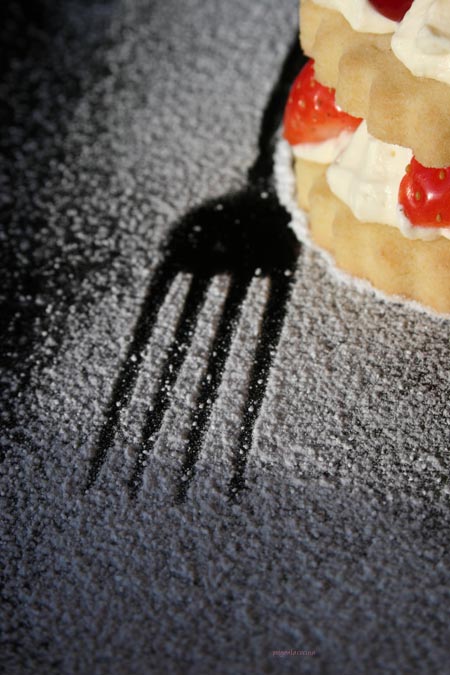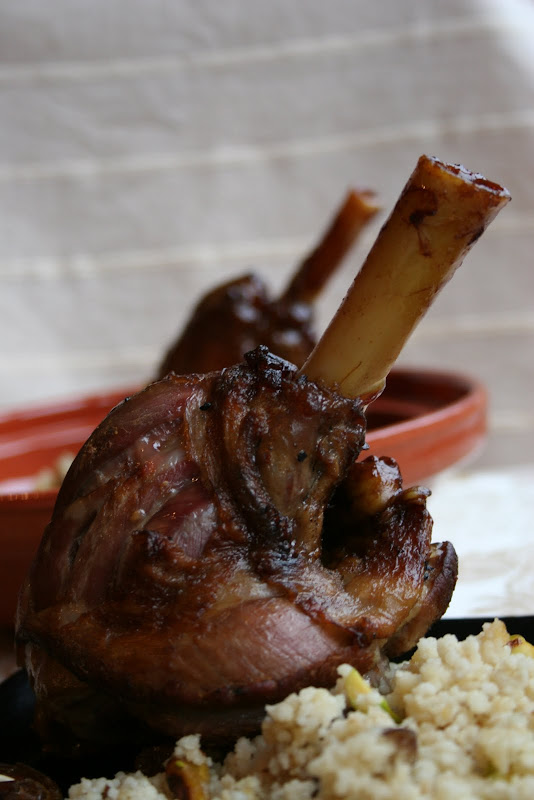
Christmas pudding has that special Dickensian” touch that takes you back to old England, although there are reports coming as far back as the xv century. Legend has it that on the last Sunday before the beginning of the Advent, families returning from church started to make the Christmas pudding as it follows, they used t take turns to stir, and make a wish while ding it, that’s why it’s called “stir-up Sunday” They used to “bury” a sixpence coin in the pudding for the one who found would be lucky for a year.
 One of the things I like the most of the English Christmas is the Christmas crackers, (we don't have these in Spain) like a beautiful candy wrapped beautiful packet that you and the person sitting next to you at the Christmas table have to pull to open it up, you then hear the cracker and an array of presents comes from inside, there is usually a paper hat (and yes, you HAVE to wear it) a quiz or a joke and a small present (how it is it ends on how much money you spent in the Christmas crackers) If you can't find the suet in the recipe, you can use butter.
One of the things I like the most of the English Christmas is the Christmas crackers, (we don't have these in Spain) like a beautiful candy wrapped beautiful packet that you and the person sitting next to you at the Christmas table have to pull to open it up, you then hear the cracker and an array of presents comes from inside, there is usually a paper hat (and yes, you HAVE to wear it) a quiz or a joke and a small present (how it is it ends on how much money you spent in the Christmas crackers) If you can't find the suet in the recipe, you can use butter.

Christmas in England is very different from the one in Spain, firstly and on the night of the 24th we gather and celebrate (with food, of course). This is called Nochebuena, or Goodnight, and is like a preparation of what it’s coming ahead of us. The 25this the unwrapping of the presents as well, and more food to celebrate Christmas Day, the 26th is a St Stephen and we celebrate this, as well as the night of the 31st, (big time of course) when after the meal, we sit with a bowl containing 12 grapes, and at midnight and with every stroke of the clock we eat one, after another, very focused, and thinking about what will next year bring and making a wish with every grape, 12 grapes, 12 months, and these are called the Lucky grapes. Everybody in Spain does this, and we can’t imagine a New Year’s Eve without them...

Ingredients
300g fresh white breadcrumbs
100g self-raising flour
1 tsp mixed spice
1 tsp ground cinnamon
½ whole nutmeg, very finely grated
350g raisins
100g mixed peel
50g flaked almonds
250g suet
225g demerara sugar
225g sultanas
225g currants
2 carrots, peeled and very finely grated
2 cooking apples, peeled and very finely grated
Wet ingredients
Zest and juice of 1 orange
Zest and juice of 1 lemon
1 small wine glass of brandy
2 tbsp black treacle
4 eggs, lightly beaten
Fort the brandy butter
150 g softened butter
150 icing sugar
4 0r 5 tablespoons brandy

Method
Put the breadcrumbs in the biggest mixing bowl you can find. sieve the flour into the bowl with the mixed spice, cinnamon and nutmeg. Then add the remaining dry ingredients, up to and including the grated apples. Combine all the wet ingredients in a jug. Pour the mixture over the dry ingredients and mix together, from east to west, with a big wooden spoon. Take it in turns to give it a stir, close your eyes and make a wish.

Cover the bowl with a clean, damp cloth and leave overnight. . Butter 2 x 1.2-litre pudding basins and spoon the mix into them. Place a disc of baking paper on top of the puddings, then seal with a big sheet of baking paper with a central pleat, to allow expansion. Cover with a cotton or muslin cloth and tie with string or foil. Steam for 6 hours in steamers, or in pans with simmering water that reaches two-thirds up the sides of the basins – be sure to keep the water topped up. Remove and allow to cool.
 When cool, re-cover the basins and store in a cool, dry place. On Christmas day, or the day you’re going to eat the puddings, steam for another 1-2 hours. Turn the pudding onto a plate, then pour 75ml of brandy into a ladle and carefully warm over a low heat for 1 minute or so. Light the brandy using a long match and tip over the pudding just before serving. Serve with the brandy butter or custard.
When cool, re-cover the basins and store in a cool, dry place. On Christmas day, or the day you’re going to eat the puddings, steam for another 1-2 hours. Turn the pudding onto a plate, then pour 75ml of brandy into a ladle and carefully warm over a low heat for 1 minute or so. Light the brandy using a long match and tip over the pudding just before serving. Serve with the brandy butter or custard. 
And happy Christmas everyone...






.jpg)



































